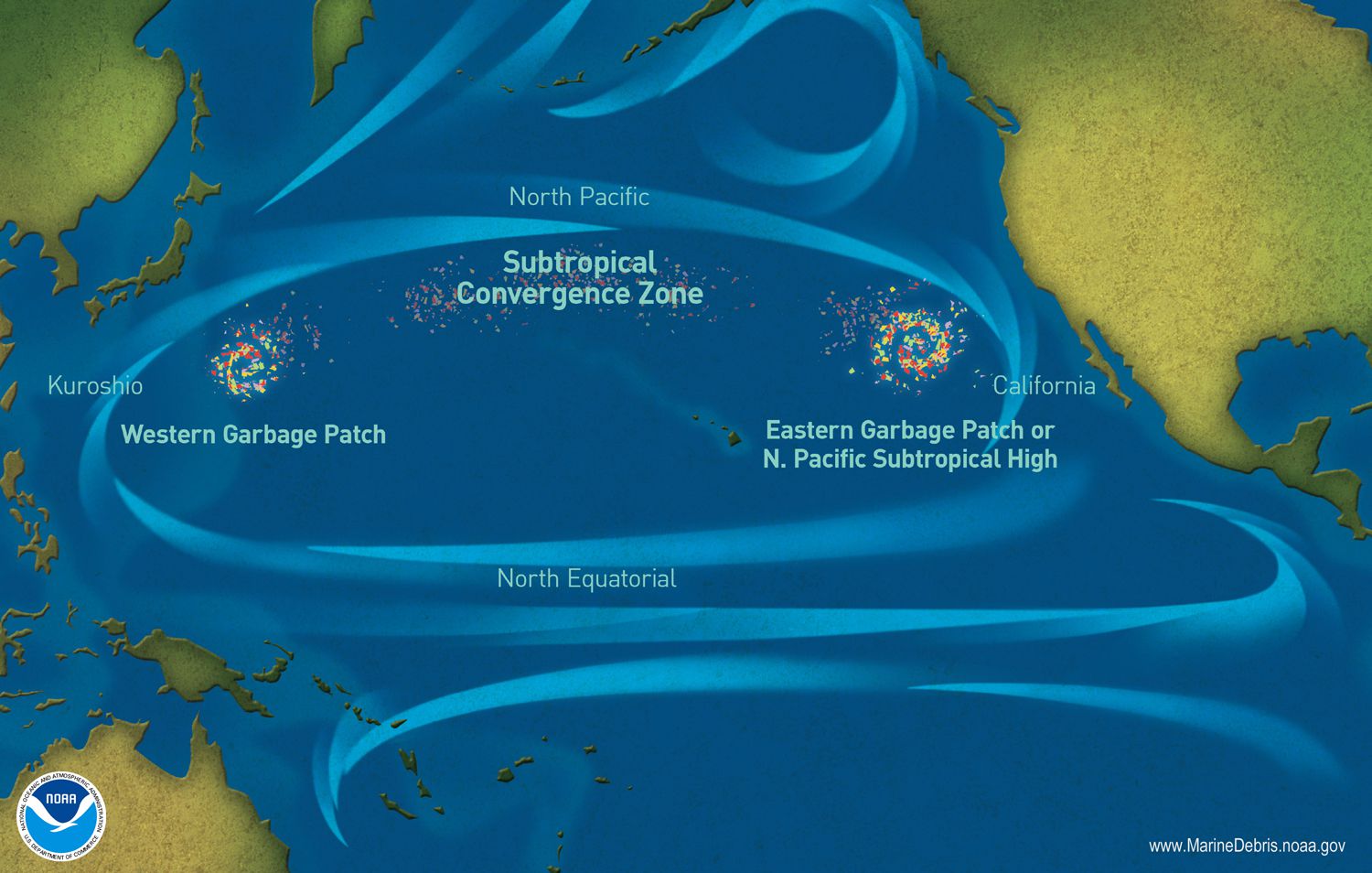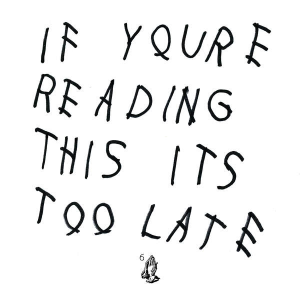Post by Jovial Monk on Apr 7th, 2022 at 1:50pm
As I will describe below this “Patch” causes harm to many types of critters.
The Patch is actually two patches:
Quote:
The material in the patch is not in the shape of bottles, bottle caps etc but in the form of microplastics. . . .
In reality, these patches are almost entirely made up of tiny bits of plastic, called microplastics. Microplastics can’t always be seen by the naked eye. Even satellite imagery doesn’t show a giant patch of garbage. The microplastics of the Great Pacific Garbage Patch can simply make the water look like a cloudy soup. This soup is intermixed with larger items, such as fishing gear and shoes.
The seafloor beneath the Great Pacific Garbage Patch may also be an underwater trash heap. Oceanographers and ecologists recently discovered that about 70% of marine debris actually sinks to the bottom of the ocean.
While oceanographers and climatologists predicted the existence of the Great Pacific Garbage Patch, it was a racing boat captain by the name of Charles Moore who actually discovered the trash vortex. Moore was sailing from Hawaii to California after competing in a yachting race. Crossing the North Pacific Subtropical Gyre, Moore and his crew noticed millions of pieces of plastic surrounding his ship.
Marine Debris
No one knows how much debris makes up the Great Pacific Garbage Patch. The North Pacific Subtropical Gyre is too large for scientists to trawl. In addition, not all of the trash floats on the surface. Denser debris can sink centimeters or even several meters beneath the surface, making the vortex’s area nearly impossible to measure.
80 percent of plastic in the ocean is estimated to come from land-based sources, with the remaining 20 percent coming from boats and other marine sources. These percentages vary by region, however. A 2018 study found that synthetic fishing nets made up nearly half the mass of the Great Pacific Garbage Patch, due largely to ocean current dynamics and increased fishing activity in the Pacific Ocean.
While many different types of trash enter the ocean, plastics make up the majority of marine debris for two reasons. First, plastic’s durability, low cost, and malleability mean that it’s being used in more and more consumer and industrial products. Second, plastic goods do not biodegrade but instead, break down into smaller pieces.
In the ocean, the sun breaks down these plastics into tinier and tinier pieces, a process known as photodegradation. Most of this debris comes from plastic bags, bottle caps, plastic water bottles, and Styrofoam cups.[/quote]
https://www.nationalgeographic.org/encyclopedia/great-pacific-garbage-patch/
The Nat. Geographic article is clear and easy to read. Now to get on to the harm to critters part of that article.
The Patch is actually two patches:
Quote:
|
The material in the patch is not in the shape of bottles, bottle caps etc but in the form of microplastics. . . .
In reality, these patches are almost entirely made up of tiny bits of plastic, called microplastics. Microplastics can’t always be seen by the naked eye. Even satellite imagery doesn’t show a giant patch of garbage. The microplastics of the Great Pacific Garbage Patch can simply make the water look like a cloudy soup. This soup is intermixed with larger items, such as fishing gear and shoes.
The seafloor beneath the Great Pacific Garbage Patch may also be an underwater trash heap. Oceanographers and ecologists recently discovered that about 70% of marine debris actually sinks to the bottom of the ocean.
While oceanographers and climatologists predicted the existence of the Great Pacific Garbage Patch, it was a racing boat captain by the name of Charles Moore who actually discovered the trash vortex. Moore was sailing from Hawaii to California after competing in a yachting race. Crossing the North Pacific Subtropical Gyre, Moore and his crew noticed millions of pieces of plastic surrounding his ship.
Marine Debris
No one knows how much debris makes up the Great Pacific Garbage Patch. The North Pacific Subtropical Gyre is too large for scientists to trawl. In addition, not all of the trash floats on the surface. Denser debris can sink centimeters or even several meters beneath the surface, making the vortex’s area nearly impossible to measure.
80 percent of plastic in the ocean is estimated to come from land-based sources, with the remaining 20 percent coming from boats and other marine sources. These percentages vary by region, however. A 2018 study found that synthetic fishing nets made up nearly half the mass of the Great Pacific Garbage Patch, due largely to ocean current dynamics and increased fishing activity in the Pacific Ocean.
While many different types of trash enter the ocean, plastics make up the majority of marine debris for two reasons. First, plastic’s durability, low cost, and malleability mean that it’s being used in more and more consumer and industrial products. Second, plastic goods do not biodegrade but instead, break down into smaller pieces.
In the ocean, the sun breaks down these plastics into tinier and tinier pieces, a process known as photodegradation. Most of this debris comes from plastic bags, bottle caps, plastic water bottles, and Styrofoam cups.[/quote]
https://www.nationalgeographic.org/encyclopedia/great-pacific-garbage-patch/
The Nat. Geographic article is clear and easy to read. Now to get on to the harm to critters part of that article.


